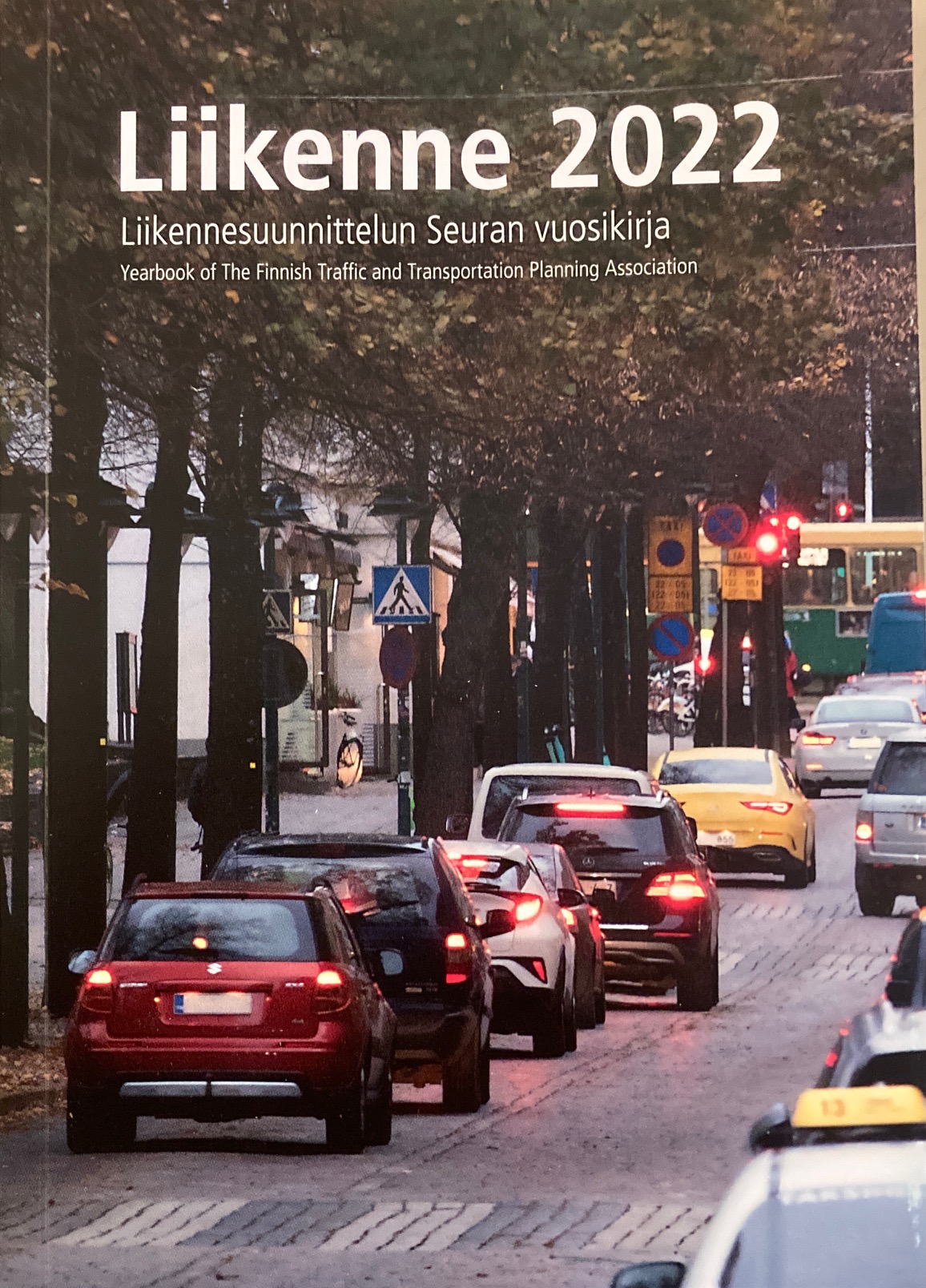Johdanto Understanding the trip making characteristics of car deficient households in Finland
DOI:
https://doi.org/10.58956/liikenne.144789Avainsanat:
car deficient households, Finnish National Travel Survey, Logistic regressions, Access to car-usageAbstrakti
In many households, there are more adults with a driving license than there are cars. These households can be considered car deficient. This research explores car deficient households in a Finnish context using data from the Finnish National Travel Survey. Using logistic regressions, the research sought to understand what variables predict if a respondent lives in a car deficient household and for respondents living in car deficient households, we sought to understand the variables the predict access to use a car as a driver. Gender, work status, age, family size, household income, and number of trips by mode and purpose were all found to predict who lives in a car deficient household. In car deficient households, gender was found to be the strongest predictor of having access to use the car. The findings support previous research and raise new topics for future study, including studying intra-household contracts and analysing the activities engaged in by car deficient households.
Lähdeviitteet
Anggraini, R., Arentze, T. A., & Timmermans, H. J. P. (2008). Car allocation between household heads in car deficient households: a decision model. European Journal of Transport and Infrastructure Research, 8(4).
Bergstad, C. J., Gamble, A., Gärling, T., Hagman, O., Polk, M., Ettema, D., Friman, M., & Olsson, L. E. (2011). Subjective well-being related to satisfaction with daily travel. Transportation, 38(1), 1–15.
Blumenberg, E., Brown, A., & Schouten, A. (2020). Car-deficit households: determinants and implications for household travel in the US. Transportation, 47(3), 1103–1125.
Dargay, J., Gately, D., & Sommer, M. (2007). Vehicle ownership and income growth, worldwide: 1960-2030. The Energy Journal, 28(4).
Delbosc, A., & Currie, G. (2012). Choice and disadvantage in low-car ownership households. Transport Policy, 23, 8–14.
Griggs, D., Stafford-Smith, M., Gaffney, O., Rockström, J., Öhman, M. C., Shyamsundar, P., Steffen, W., Glaser, G., Kanie, N., & Noble, I. (2013). Sustainable development goals for people and planet. Nature, 495(7441), 305–307.
Morris, E. A., Blumenberg, E., & Guerra, E. (2020). Does lacking a car put the brakes on activity participation? Private vehicle access and access to opportunities among low-income adults. Transportation Research Part A: Policy and Practice, 136, 375–397.
Pastinen, V., Rantala, A., & Lehto, H. (2018). Henkilöliikennetutkimus 2016: Tekninen raportti. Liikenneviraston Tutkimuksia Ja Selvityksiä.
Särkijärvi, J., Jääskeläinen, S., & Lohko-Soner, K. (2018). Toimenpideohjelma hiilettömään liikenteeseen 2045: Liikenteen ilmastopolitiikan työryhmän loppuraportti.
Scheiner, J., & Holz-Rau, C. (2012). Gendered travel mode choice: a focus on car deficient households. Journal of Transport Geography, 24, 250–261.
Spinney, J. E. L., Scott, D. M., & Newbold, K. B. (2009). Transport mobility benefits and quality of life: A time-use perspective of elderly Canadians. Transport Policy, 16(1), 1–11.
Tiikkaja, H., & Liimatainen, H. (2021). Car access and travel behaviour among men and women in car deficient households with children. Transportation Research Interdisciplinary Perspectives, 10, 100367.
Tiikkaja, H., O’Hern, S., & Viri, R. (2021). Perceptions of trip making and wellbeing. Transportation Research Interdisciplinary Perspectives, 12, 100464.
Tiikkaja, H., & Viri, R. (2021). The effects of COVID-19 epidemic on public transport ridership and frequencies. A case study from Tampere, Finland. Transportation Research Interdisciplinary Perspectives, 10, 100348.
United Nations. (2018). The sustainable development goals report 2018. United Nations.
Viri, R., Mäkinen, J., & Liimatainen, H. (2021). Modelling car fleet renewal in Finland: A model and development speed-based scenarios. Transport Policy. https://doi.org/https://doi.org/10.1016/j.tranpol.2021.08.012
Wang, S., & Ge, M. (2019). Everything You Need to Know About the Fastest-Growing Source of Global Emissions: Transport.
Tiedostolataukset
Julkaistu
Numero
Osasto
Lisenssi

Tämä työ on lisensoitu Creative Commons Nimeä-EiKaupallinen-EiMuutoksia 4.0 Kansainvälinen Julkinen -lisenssillä.



